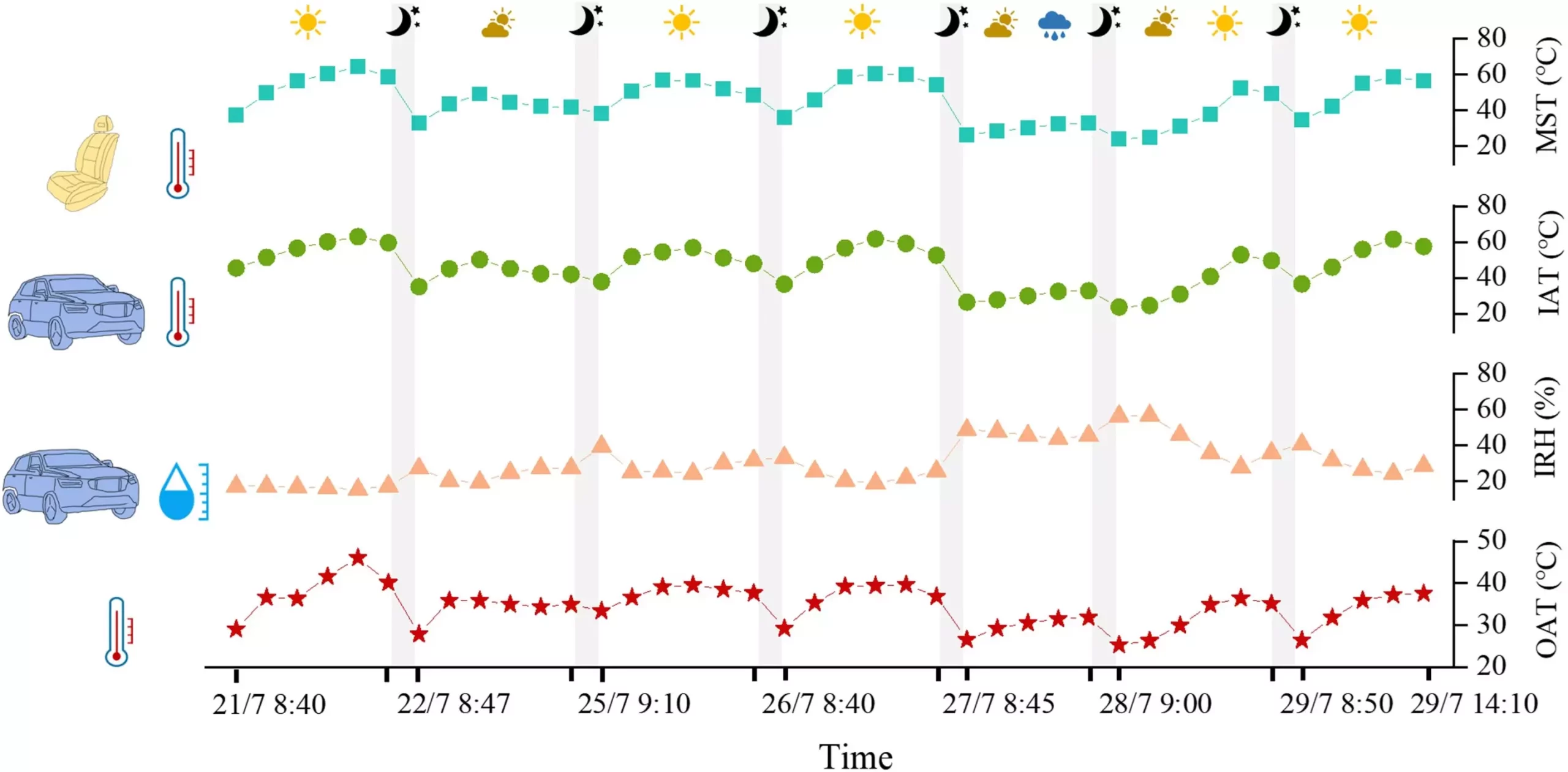It’s almost magical how the scent of a new car can make hearts race and spark joy among buyers. Dubbed the “new car smell,” this olfactory phenomenon is primarily composed of volatile organic compounds (VOCs) released from the materials used in car interiors—carpets, upholstery, and plastics, to name a few. However, beneath this enticing aroma lies a troubling reality. As a recent study highlights, the level of harmful substances like formaldehyde and other aldehydes can rise significantly during sweltering summer days, raising alarms about potential health risks.
Health Hazards Lurking Inside Your Vehicle
The health effects of prolonged exposure to VOCs can range from mild discomfort to severe ailments. Common symptoms include headaches, eye irritation, respiratory issues, and fatigue. The stakes are particularly high for sensitive individuals, including children and those with pre-existing conditions. This isn’t just theoretical; these compounds can lead to long-term complications, contributing to chronic lung diseases or even neurological disturbances. The alarming truth is that the car environment—a space many consider a personal sanctuary—could be housing significant threats to health that people are blissfully unaware of.
The Research Findings: A Wake-Up Call
Conducted by Jianyin Xiong and Shaodan Huang, the study meticulously measured VOC concentrations in new cars under extreme temperatures ranging from 25.3 °C to 46.1 °C (77.5 °F to 115 °F), conditions expected to become more prevalent with climate change. The data revealed that the levels of formaldehyde can peak well above the national safety threshold set in China, often exceeding 200 µg/m³, far surpassing the allowed limit of 100 µg/m³. Similarly, acetaldehyde levels reached up to 140 µg/m³—almost three times the recommended cap—shocking figures that demand attention.
Temperature’s Crucial Role in VOC Emission
Perhaps one of the most significant findings of this research is the revelation that surface temperatures of materials within car cabins play a critical role in VOC concentrations. As the climate warms, the problem may exacerbate, further compromising the safety of new vehicles. This points to an urgent need for manufacturers to rethink material choices and develop strategies that may mitigate these VOC emissions, especially in regions that experience extreme heat.
Innovative Solutions on the Horizon
The authors of the study have taken a step further by creating a deep learning model designed to predict VOC concentrations based on vehicle materials and surface temperatures. This technology could pave the way for future smart car systems that continuously monitor air quality within the cabin, offering alerts or adjustments to improve passenger safety. In an era where technological advancements are reshaping the automotive landscape, this integration of health awareness could be a game-changer.
A Call to Action for Consumers and Manufacturers
As consumers, it’s crucial to stay informed about the hidden hazards lurking in our vehicles. Knowledge empowers us to make better decisions when purchasing new cars; seeking out models known for lower VOC emissions should become a priority. For manufacturers, the urgency to innovate materials and designs that minimize VOCs cannot be overstated. The responsibility to protect consumers must be taken seriously, paving the way for a future where “new car smell” is free of health threats and instead symbolizes safe and enjoyable journeys.


Leave a Reply